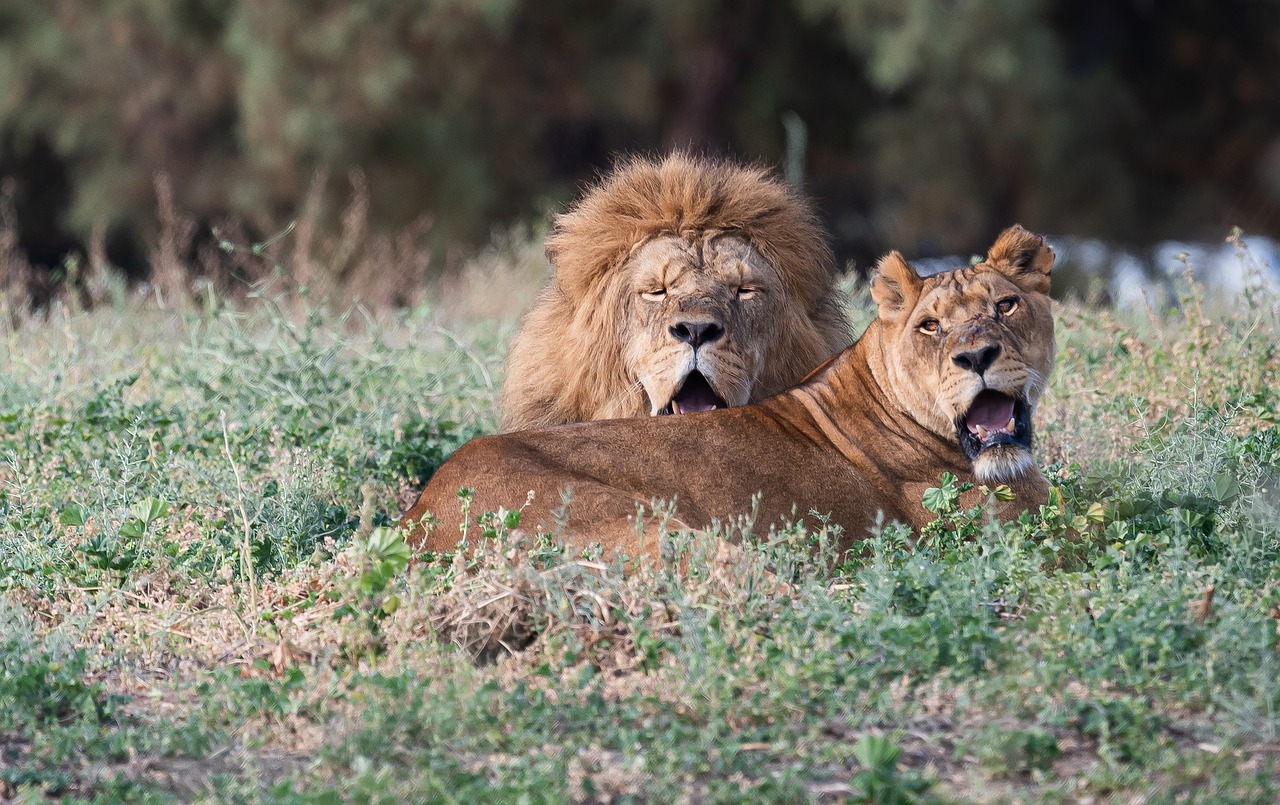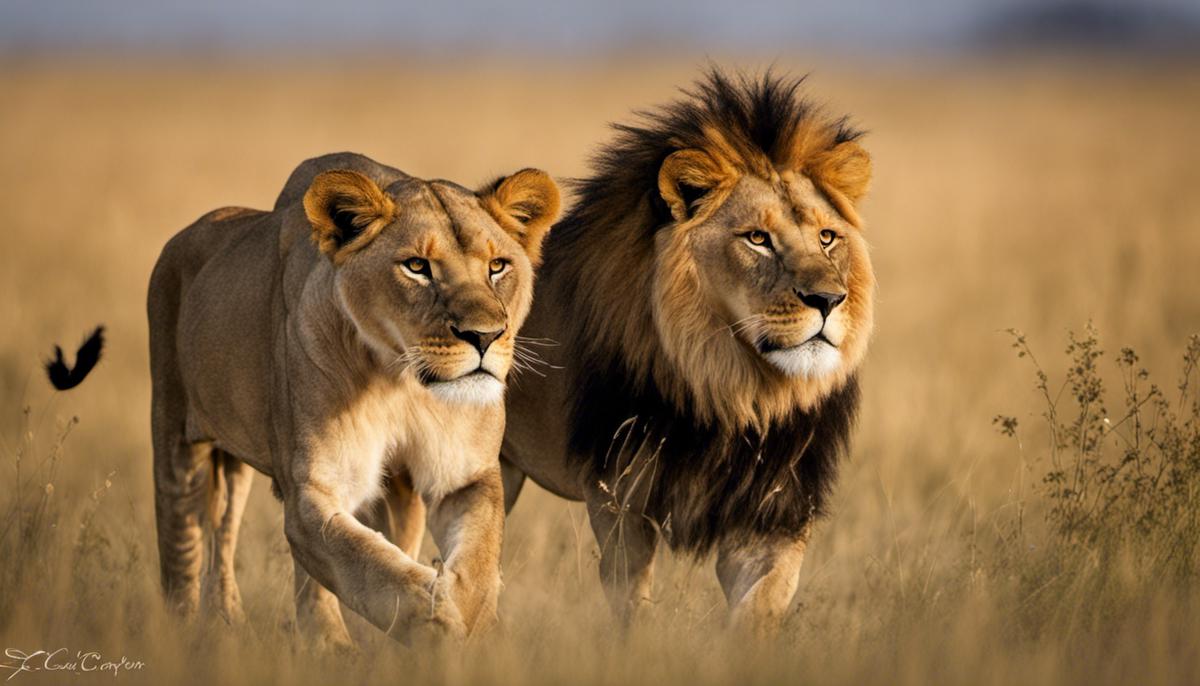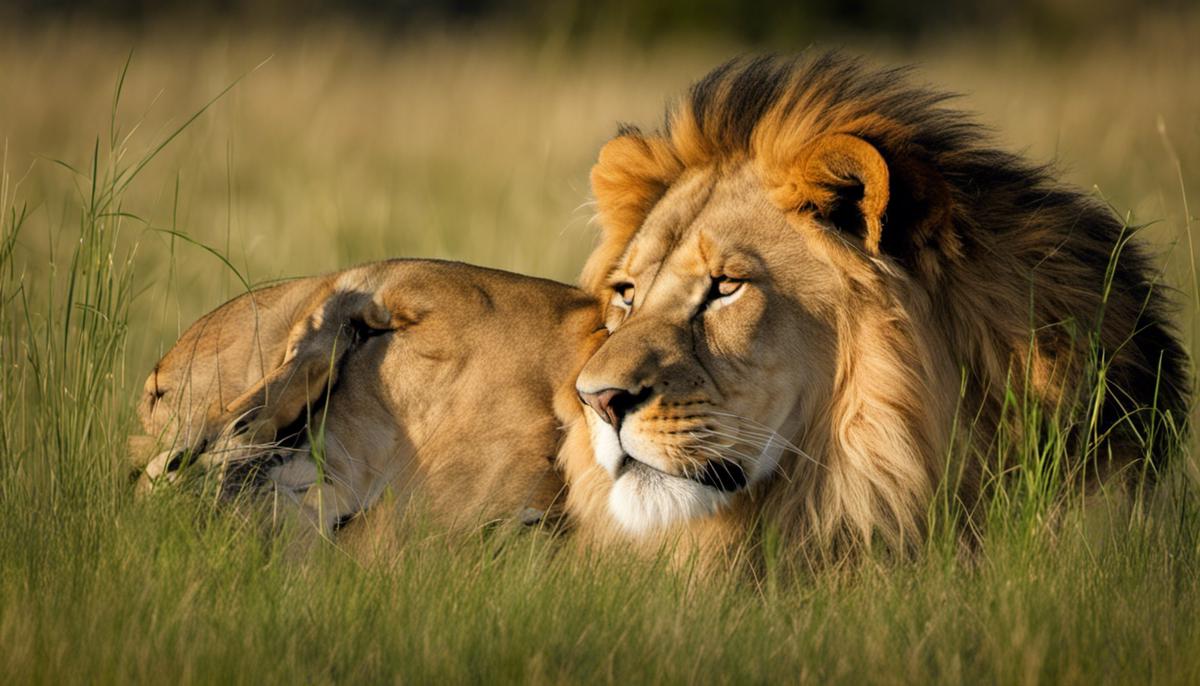How strong are lions? Lions are incredibly strong animals with the ability to take down large prey such as zebras, wildebeests, and buffalo. They have powerful jaws and sharp teeth that allow them to bite through tough hides and bones. Lions are also fast runners, capable of reaching speeds of up to 50 miles per hour for short distances. In terms of physical strength, adult male lions can weigh up to 550 pounds and are capable of lifting and carrying prey that weighs more than their own body weight.
Lion Facts: Strength, Behavior, And More!
Lions are perhaps the most iconic of all the big cats, known for their raw power, courage, and majestic appearance. These animals are not only impressive in their physical strength, but also in their social behavior and hunting habits. As apex predators, they play a vital role in maintaining the balance of nature, and their importance cannot be overstated.
In this article, we will explore various lion facts, from their incredible physical strength to their fascinating social behavior, and gain a greater appreciation for these incredible animals.
As humans, we have a natural desire to belong and connect with the natural world around us, and learning about these powerful creatures can help us feel more connected to the planet we call home.
So, let’s delve into the world of lion facts and discover what makes these animals so remarkable.
Key Takeaways
- Lions are known for their raw power and strength, with a bite force of about 650 PSI and the ability to lift over 1,000 pounds.
- Lions are social animals that live in groups called pride, consisting of three to four males and a dozen or more females.
- Lions are either vulnerable or endangered due to a loss of habitat and illegal killing, making it important to protect them and their habitats.
- Learning about lion strength and behavior can help us better understand and appreciate these amazing creatures, which are a symbol of strength, courage, and power in many cultures around the world.
Strength and Power
In terms of strength and power, lions are known for their impressive bite force of up to 1,000 PSI and their ability to lift over 1,000 pounds. This allows them to take down large prey such as buffalos and even elephants. Male lions have a stronger bite force than females, and larger and stronger lions can have bites as strong as 1,000 PSI.
Additionally, lions have long, sharp canines that can easily tear through flesh, making them fearsome predators. Lions use their strength and power to hunt for prey. They are apex predators that use a combination of stealth, speed, and strength to successfully catch their prey.
Lionesses almost always hunt together, going after large prey like wildebeests, antelopes, or zebras. They use their strong jaws to bite into the neck of their prey and suffocate it. Lions are also known for their swipe force, which tops the force of all other big cats, except for the tiger.
Overall, lion strength and hunting techniques make them formidable predators in the animal kingdom.
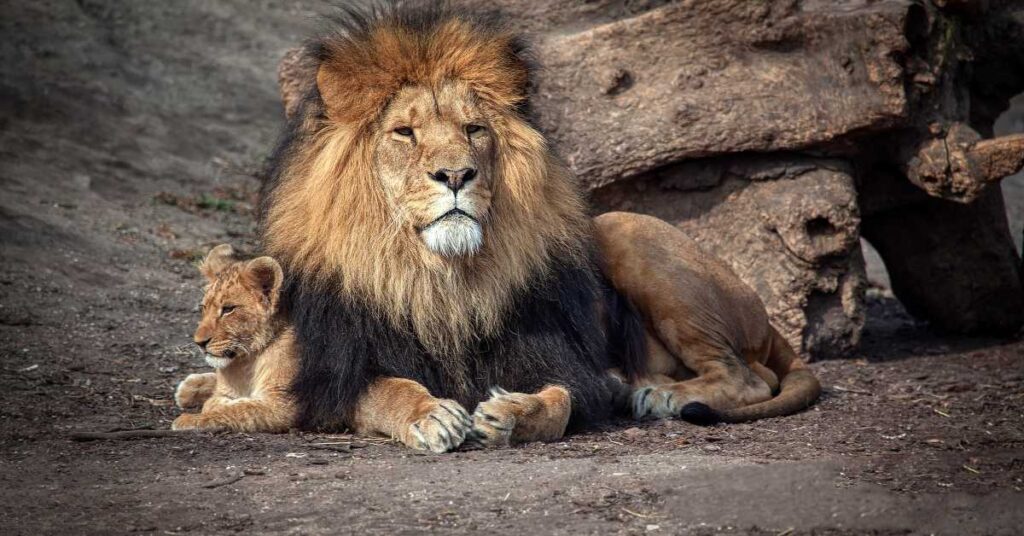
Social Behavior
Social structure is an important aspect of lion biology, with pride size often varying depending on the availability of prey; unfortunately, due to habitat loss and hunting, the number of lions per pride has decreased by 40% in the last two decades.
Lionesses almost always hunt together, utilizing group dynamics to take down large prey like wildebeests, antelopes, or zebras. Once the prey is caught, the males often take charge of the feeding, with the females and cubs waiting patiently for their turn to eat.
Hunting strategies vary depending on the prey and the environment. For instance, in areas with tall grass, lions may stalk their prey before attacking, while in more open areas, they may run down their prey in a coordinated chase. Often, young cubs will learn hunting strategies by watching and playing with their mothers and other members of the pride.
Overall, lion behavior is complex and fascinating, and studying their social structure and hunting strategies can shed light on the incredible adaptability and intelligence of these majestic creatures.
- Lions rely on their pride for hunting, protection, and social interaction.
- The decrease in the number of lions per pride is a major concern for conservationists and highlights the need for habitat protection.
- Lionesses work together to take down large prey, while males often take charge of feeding.
- Hunting strategies vary depending on prey and environment, and young cubs learn by watching and playing with their mothers and other pride members.
Conservation and Importance
Conservation efforts for lions are crucial in order to ensure the survival of these vulnerable and endangered species. The loss of habitat and illegal killing are major threats to lion populations. The International Union for Conservation of Nature (IUCN) has listed all lion species as either vulnerable or endangered, with some populations facing extinction.
The importance of conservation is not only to protect the lions themselves but also to preserve the ecosystems in which they live. Lions play a vital role in maintaining the balance of their habitats by controlling the populations of prey animals.
Additionally, lions are a major tourist attraction in many countries, providing economic benefits to local communities. The table below summarizes some key facts about the current status of lion populations and conservation efforts.
| Lion Population | Status | Conservation Efforts |
|---|---|---|
| African Lions | Vulnerable | Protected areas, anti-poaching efforts, community-based conservation |
| Asiatic Lions | Endangered | Protected areas, captive breeding, habitat restoration |
| Barbary Lions | Extinct in the wild | Captive breeding, genetic research |
| Cape Lions | Extinct | N/A |
In conclusion, the conservation of lions is crucial not only for the survival of the species but also for the preservation of their ecosystems and the benefits they provide to local communities.
Efforts such as protected areas, anti-poaching measures, and community-based conservation are necessary to ensure that lions continue to thrive in the wild.
It is important for individuals, organizations, and governments to work together to protect these magnificent animals.
Frequently Asked Questions
How do lions communicate with each other within their pride?
Lions communicate with each other within their pride using a combination of vocalizations and body language.
Vocalizations include roars, growls, snarls, purrs, and meows, which are used to express different emotions and intentions. For example, lions use roars to communicate their location, attract mates, and warn off rivals.
Body language also plays a crucial role in lion communication, with gestures such as tail flicks, ear movements, and facial expressions conveying information about their mood, status, and intent.
Lions use these forms of communication to maintain social bonds, coordinate hunting, and establish dominance within their pride. Understanding how lions communicate is essential for conservation efforts and can help us appreciate their complex social behaviors.
What is the lifespan of a lion in the wild?
The lifespan of a lion in the wild is typically around 10-14 years, with some individuals living up to 16 years. However, this can vary depending on various factors such as habitat, availability of prey, and predator prey dynamics.
Lions face threats from other predators such as hyenas and humans, as well as from diseases and injuries sustained during hunting or territorial disputes. Despite their strength and power, lions are not invincible, and their survival depends on a delicate balance of factors.
Understanding the lifespan of lions and their interactions with their environment can help us better appreciate the complexity of the natural world and the importance of conservation efforts to protect these magnificent creatures.
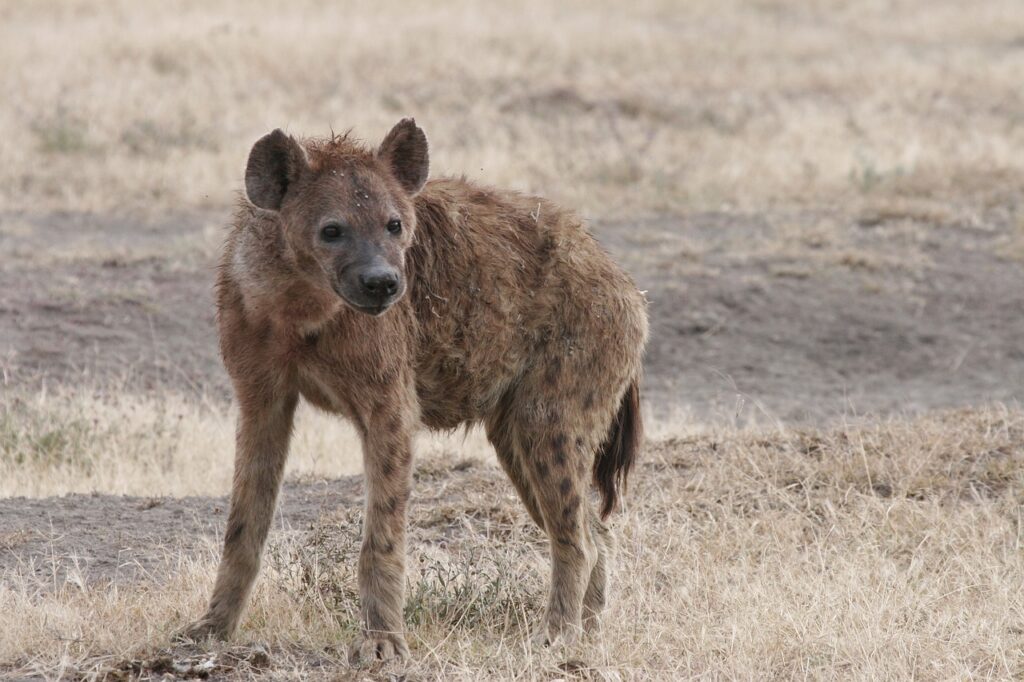
How do lions hunt and catch their prey?
Lions are skilled hunters with a variety of techniques used to catch their prey. They are opportunistic predators, selecting prey based on availability and ease of capture.
Lions hunt in groups, with lionesses doing the majority of the hunting. They work together to stalk their prey and then launch a coordinated attack to bring it down.
Lions use their strength and speed to take down large prey such as wildebeest, antelopes, and zebras. They also hunt smaller animals such as hares and birds when larger prey is scarce.
Lions are known for their ability to suffocate their prey by biting their throats, but they may also use other methods such as breaking their necks or crushing their skulls.
Lions also scavenge when the opportunity arises, feeding on the remains of other animals.
Overall, lions have a diverse set of hunting strategies that allow them to survive in their environment.
Are there any efforts being made to increase the lion population in the wild?
Conservation efforts to increase the lion population in the wild have been ongoing for several years. One of the main initiatives is reintroduction programs, which involve releasing captive lions into protected areas where they can breed and expand their population. This has been done successfully in several countries, including South Africa, Kenya, and Tanzania.
Additionally, there are various organizations that work to protect lion habitats and prevent illegal hunting. These efforts are crucial to ensure the survival of lions, which are currently classified as vulnerable or endangered species.
Despite these efforts, there is still much work to be done to protect lions and their habitats, and it is important to continue supporting conservation efforts to ensure the long-term survival of these majestic animals.
How do lions adapt to different environments and climates?
Lions are highly adaptable animals that employ a range of techniques to survive in different environments and climates. Adaptation techniques are primarily determined by a lion’s physical features, which allow it to thrive in its natural habitat.
For instance, lions living in savannahs have lighter coats that help them stay cool in the hot, arid climate. They also have long, muscular legs that enable them to run at high speeds, hunting down prey with their sharp teeth and powerful jaws.
In contrast, lions living in colder regions have thicker, furrier coats that help them retain heat, and they hunt in packs to take down large prey. These physical adaptations allow lions to survive in different environments, making them one of the most successful predators in the animal kingdom.
Understanding how lions adapt to their surroundings is crucial for conservation efforts, as it allows us to protect their habitats and ensure their survival for future generations.
Conclusion
In conclusion, the world of lion facts is a fascinating one, full of wonder and awe-inspiring feats of strength and courage. From their powerful jaws and muscular bodies to their complex social structures, these majestic creatures are truly a wonder to behold. It is no wonder that they have captured the imaginations of people around the world and have become symbols of strength and power.
Despite their iconic status, lions are facing numerous challenges in the wild, including habitat loss, poaching, and conflict with humans. As stewards of the natural world, it is our responsibility to ensure that these magnificent animals continue to thrive for generations to come.
By supporting conservation efforts and working to protect their habitats, we can help to ensure that the roar of the lion will continue to echo across the plains for many years to come.

